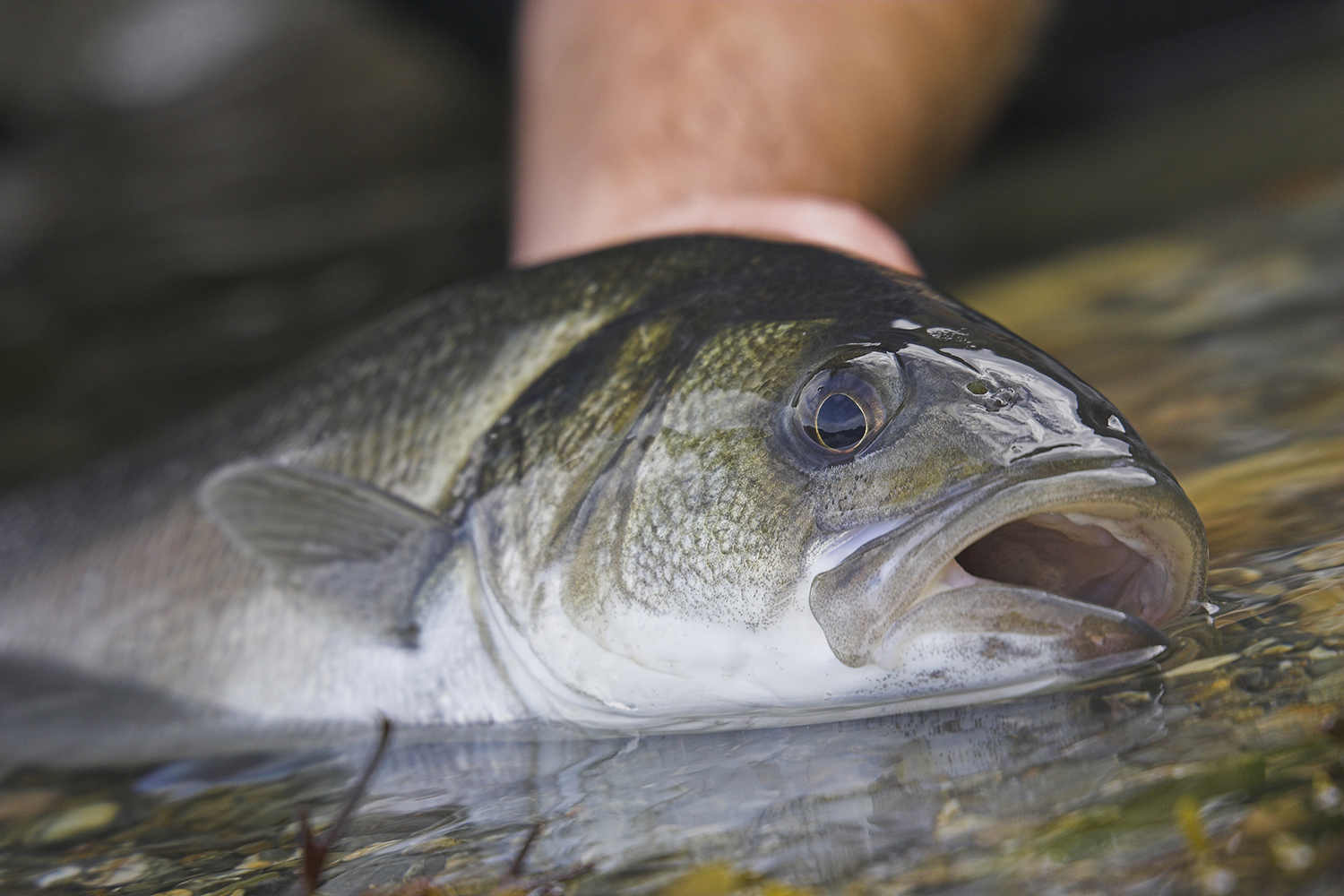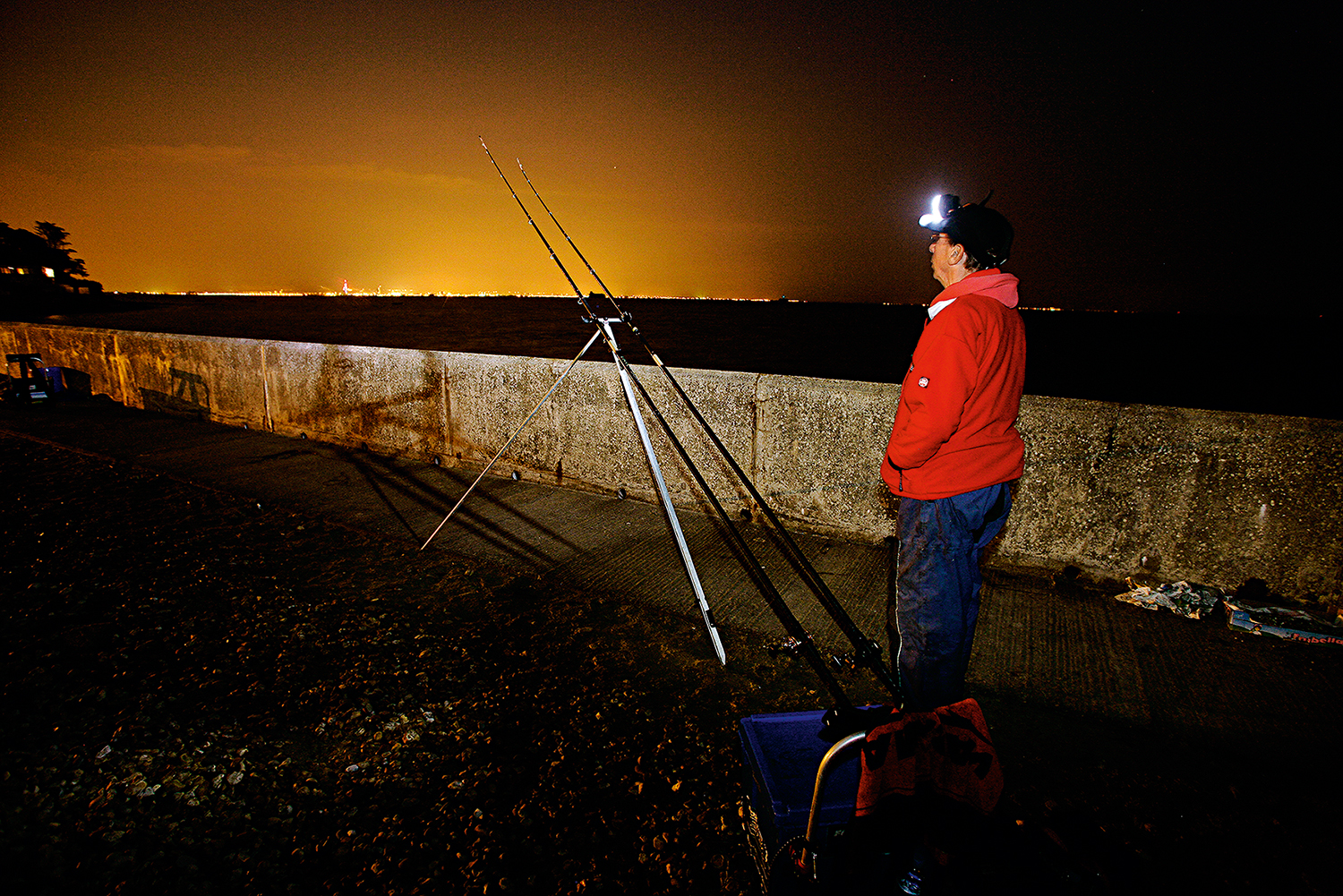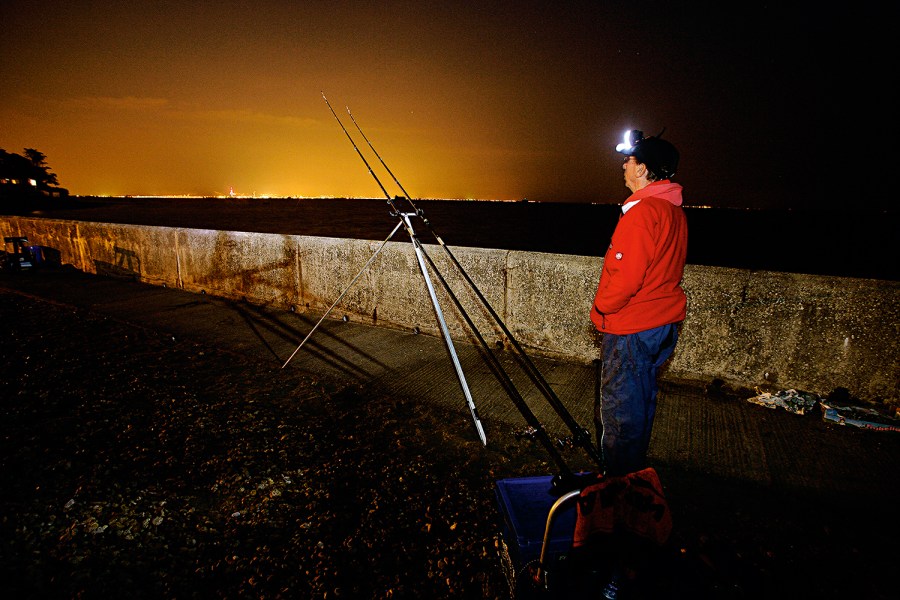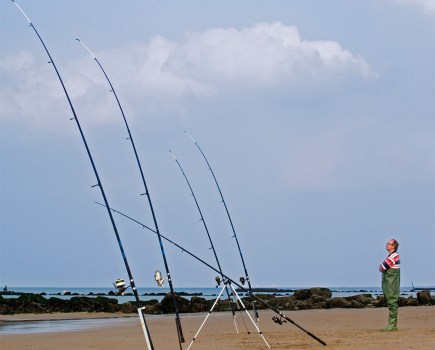Shorter days signal the annual switch between summer and winter species. This is when sport can be at its very best – so make the most of it with our autumn fishing tips

In some regions, notably the north of England, the summer fish depart in a rush and the winter species arrive early. In other places it’s possible to catch bass, codling, mackerel, dabs, wrasse and whiting from the same venue on the same day – the transition is much slower.
The newcomer to sea angling will notice numbers of holidaymakers thinning, but the most popular venues will be thronged with anglers, with all the associated problems such as the risk of crossed lines. So avoid the crowds and fish on your own until your casting is up to it.
Cod stocks have declined greatly, and in many regions the bigger fish (anything under 5lb is a codling) will not move inshore until late November and December. Take off your cod blinkers and fish for what is actually around, rather than what you hope might be there.
Fish with a strong size 1 hook and you’ll and catch anything that swims past – such all-action fishing teaches you a lot more than watching a biteless rod armed with too large a bait. When you become more proficient you can concentrate on the bigger stuff and up your hook and bait size accordingly.

MAKE THE EFFORT THIS AUTUMN
Success is relative to effort. Get up early and be first on the end of the pier for a big autumn bass. Travel across the country to a venue that is producing. Pick out the strongest spring tides for a night session on the deep-water cod beaches in your region. Fish the unsocial hours of darkness and avoid weekend crowds. Simple – but how many anglers bother?
There are other ways to improve your chances, by obtaining fresh baits rather than relying on frozen and getting the proper advice on tackle. Join a club, or develop a relationship with your local tackle shop, and someone will put you right.
Take casting lessons – they are well worth the outlay, and adding 30 metres to your cast will work wonders in terms of what you can catch.
A few other tips – never re-cast an old bait. A fresh bait restarts the scent trail, unlike a washed-out scentless mush. Bait a spare trace five minutes before you retrieve, all ready to clip on and cast. Casting to the same spot concentrates the attraction and may even set up a feeding zone that the fish can home in on.
Make sure your lead is holding bottom and your bait is still – most winter species will not take a bait on the move and prefer to move uptide, following the scent trail, to find their meal.
Finally, don’t leave ends of worms hanging off the hooks for the fish to grab and pull. Thread the hook through the worm and make sure, when using cocktails, that the bait cannot slide down the shank and mask the point.







